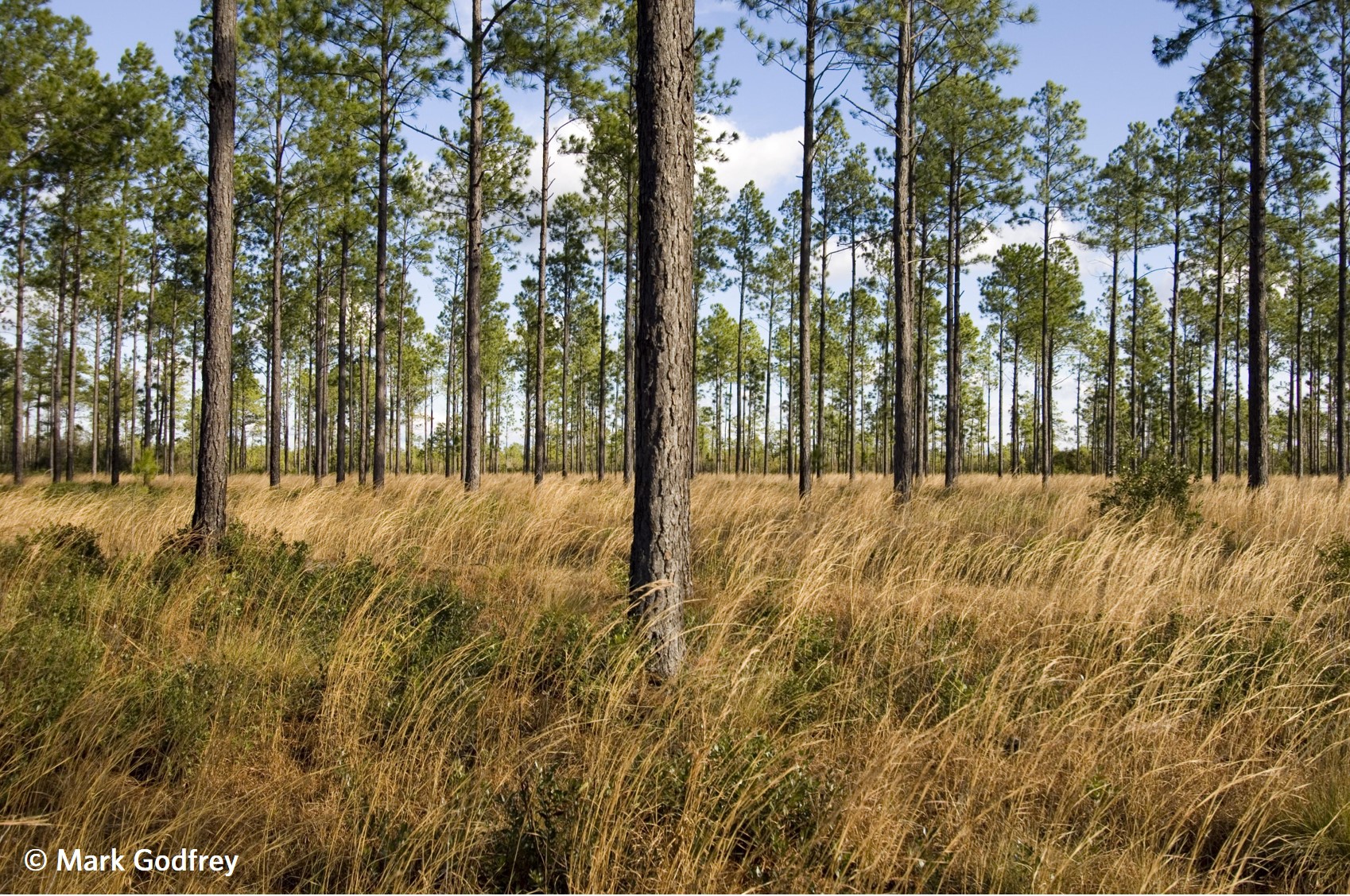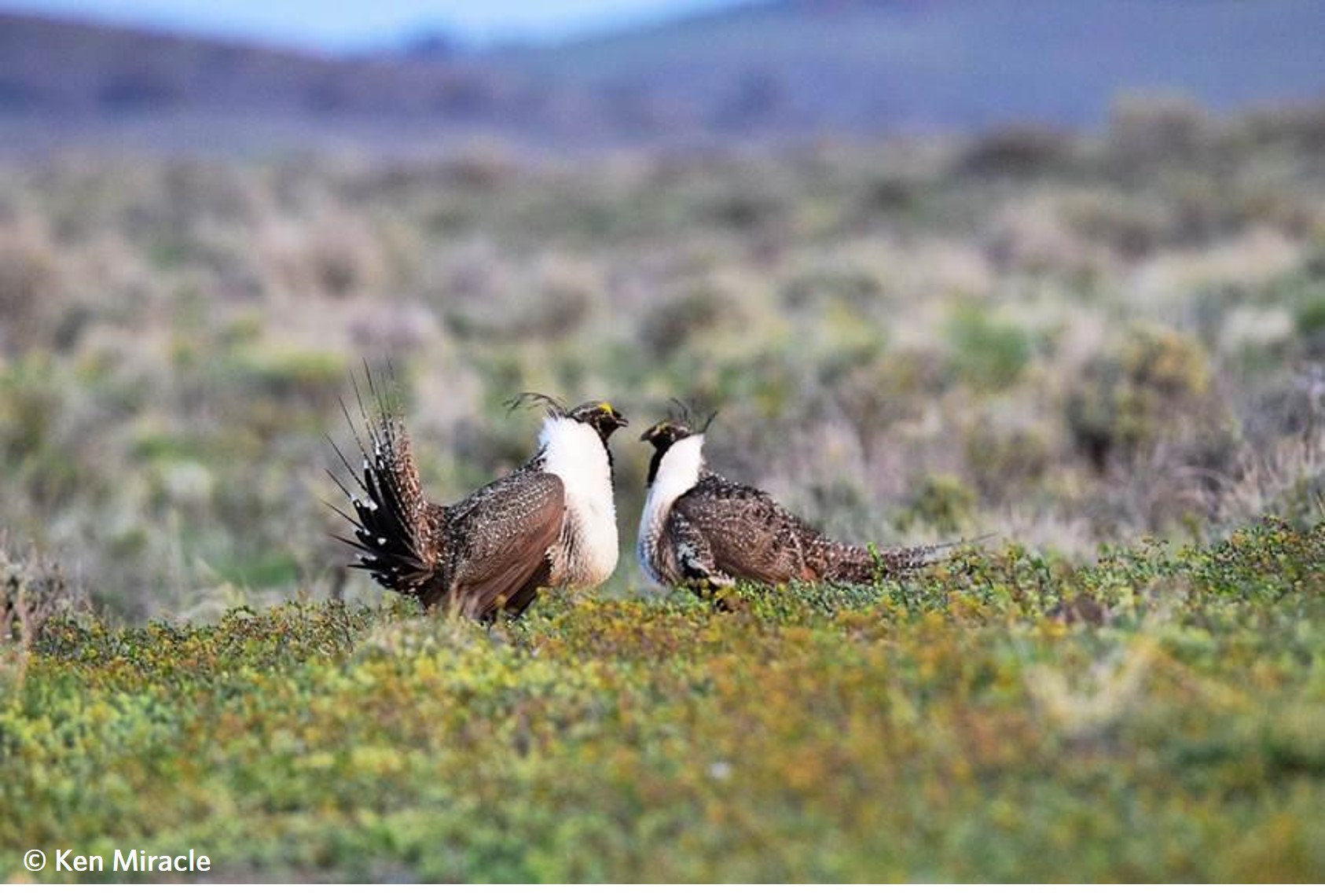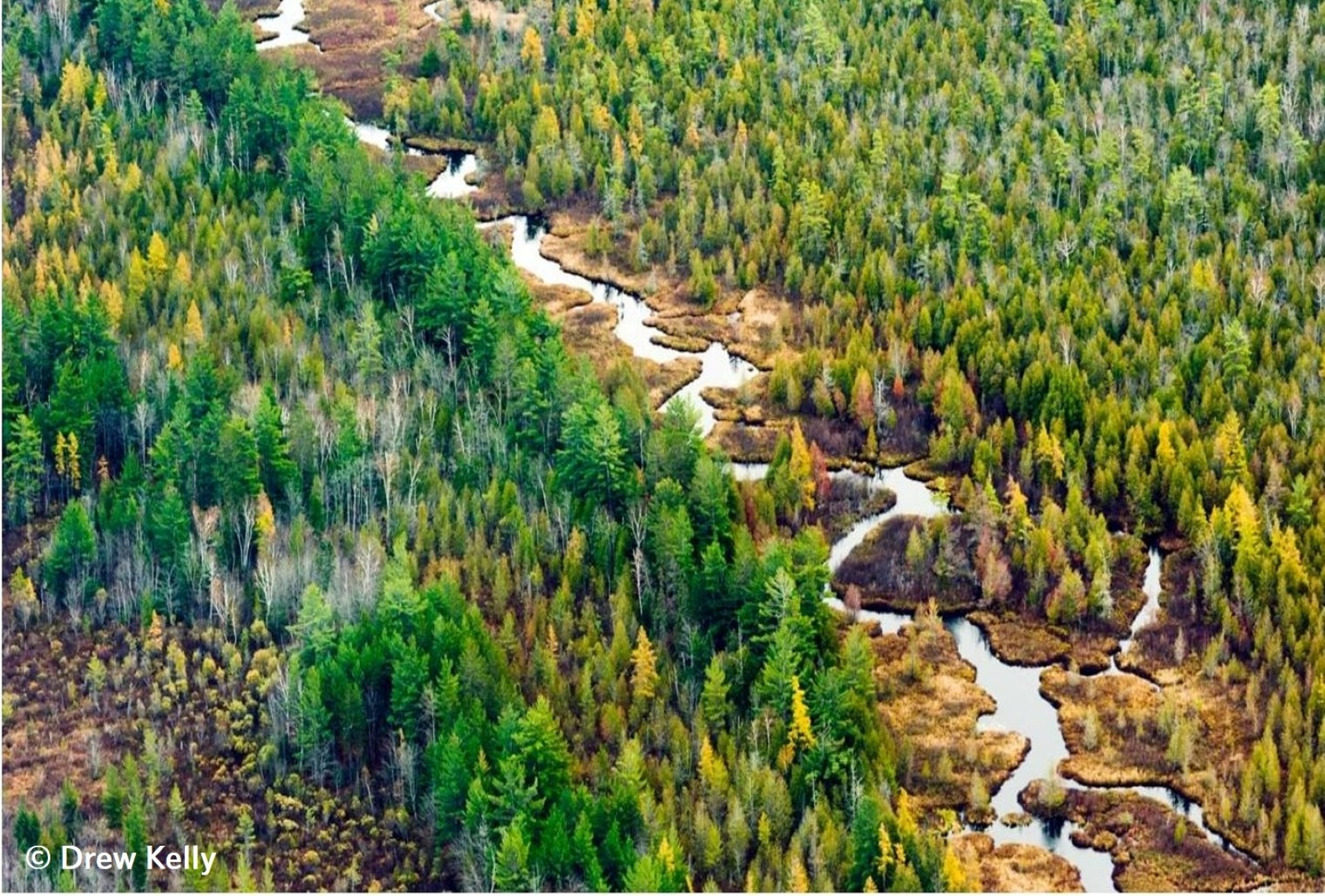Working with BpS Models
The LANDFIRE BpS model library gives users access to hundreds of state-and-transitions simulation models. These models can be used as-is to explore reference conditions or can be modified to represent current conditions, project future conditions, or compare management scenarios.
Overview of a BpS Model in ST-Sim
Using the Models
Our companion LANDFIRE vegetation modeling website provides extensive tutorials and examples of how to modify and work with BpS models. We recommend pairing this website with the LANDFIRE vegetation modeling website to find the right amount of BpS context, support, and information.
Follow along to access and explore the LANDFIRE BpS models.
- Installing the BpS Model Library and Software: Quick Guide or Extended Tutorial
- Finding a BpS Model: Quick Guide or Extended Tutorial
- Isolate Your Ecosystem’s Model: Quick Guide or Extended Tutorial
- Run a BpS Model and View Results: Quick Guide or Extended Tutorial
Modifying the Models
LANDFIRE BpS models offer a starting point for local modeling efforts. LANDFIRE encourages users to review and calibrate BpS models with local data when possible. Several examples shown below demonstrate how users have adapted LANDFIRE BpS models to meet a variety of objectives.



Costanza and others modified 45 BpS models to represent current conditions for ecosystems in North Carolina.
Low and others modified BpS models to measure vegetation departure and evaluate the effects of various management actions.
Price and others worked with experts to modify BpS models as the foundation of a collaborative process to support conservation planning.

